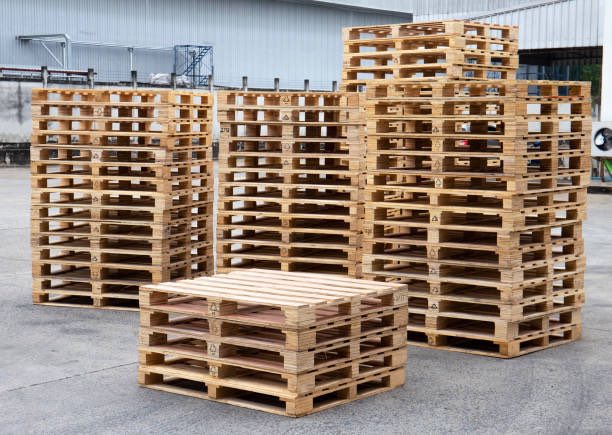Inflation in Australia has referenced disruption to supply lines caused by the Russia-Ukraine conflict and the effect on energy supplies, disruption to supply lines by the Covid pandemic and then interest rates rapidly increasing and caused partly by these factors.
Or so the federal government has been telling us.
One reason for the possible continuation of a high inflation rate is pallet supply.
Have you ever wondered why pallets used in the logistics industry are made of wood?
There is a very good reason – the wood replacement is plastic.
Pushing, sliding, or dragging plastic over metal surfaces such as the trays of transport trucks or the floor of metal containers will create static electricity.
This can be a severe safety issue.
So … wood is far more efficient than plastic.
During the pandemic, the worldwide logistics industry lost 20% of its container stock, including wooden pallet stock, for unexplained reasons.
This has not been replaced and is already impacting worldwide supply lines.

During the Covid shutdown in NSW, some businesses were repairing pallets to keep up with demand.
Timbers used for pallets by a significant Victorian manufacturer are hardwoods.
They are not high-grade quality logs but small logs that are not species-specific or have no higher value use.
Small hardwood logs can be used for veneer, furniture making, or interior use if they are high quality.
When the closure of the Victorian hardwood industry was announced, there was an estimated shortage of up to one million pallets.
The Andrews government’s rapid closure of the native forest industry by December 31 means no meaningful Victorian supply will continue.

While timber comes from Tasmanian hardwood plantations, the state’s premier has indicated that interstate hardwood supply will be reviewed to guarantee local supply.
Even if supply was available, the Victorian industry had a more significant challenge of a skilled and trained workforce.
Under the government’s hardwood industry package and associated industry entitlements, the calculations are that each worker will have a package of up to $250,000 for relocation and retraining.
Victoria’s miscalculation of the hardwood timber industry workforce means government funding is far below that required.
The Australian logistics industry needs locally-produced wooden pallets.

There are two sources of timber, softwood timber and native hardwoods.
The softwood supply from burnt plantations will run out in September 2023.
The remaining softwood timber plantations to be harvested will be needed for trusses and framing in the housing construction industry.
The pallet industry in Victoria will have no timber and no trained workforce!
Someone somewhere needs to focus on what this means to national supply lines; otherwise, there is the real possibility of stock shortages as the country’s fast-moving consumer goods sector will be stuck in local factories or warehouses awaiting repackaging.
It’s astonishing that the national political debate is not concerned about immediate economic issues that impact everyone.





